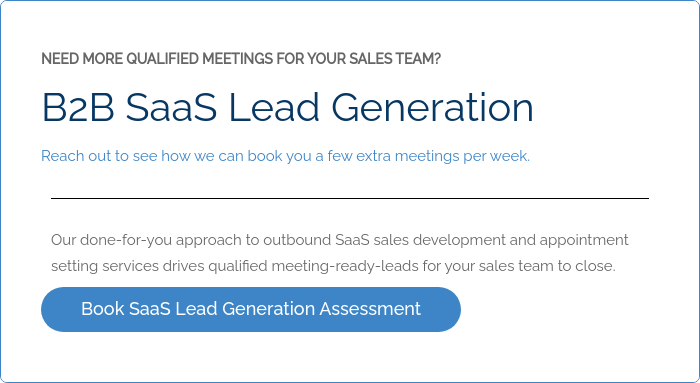In the B2B world, many of your company’s potential clients won’t reach out to you until their specific problem comes to a boiling point. They’ve put the problem off as long as possible, and now they have to find a solution or they’ll be in big trouble.
These customers are the ones who are ready to buy right now and expect a delightful customer experience. What are examples of customer pain points? How to identify customer pain points? or What are examples of customer pain points? these are explained well in this article.
75% of people are likely to switch brands if they find the purchasing process too difficult.
Figuring out how to position your content marketing strategy so that you’re able to help your customers at this point in their customer journey is vital. The only way you can position your content strategy properly is by identifying customer pain points.
Short Summary
- In the B2B world, many potential clients seek solutions only when their problem becomes critical.
- Identifying customer pain points is crucial for a delightful customer experience.
- Data analysis, surveys, and feedback from the sales team help identify these pain points.
- Leveraging social media trends and attending industry events can reveal customer challenges.
- Well-defined buyer personas aid in tailoring content and messaging for each stage of the sales funnel.
- Addressing buyer personas’ problems effectively leads to revenue growth and improved customer satisfaction.
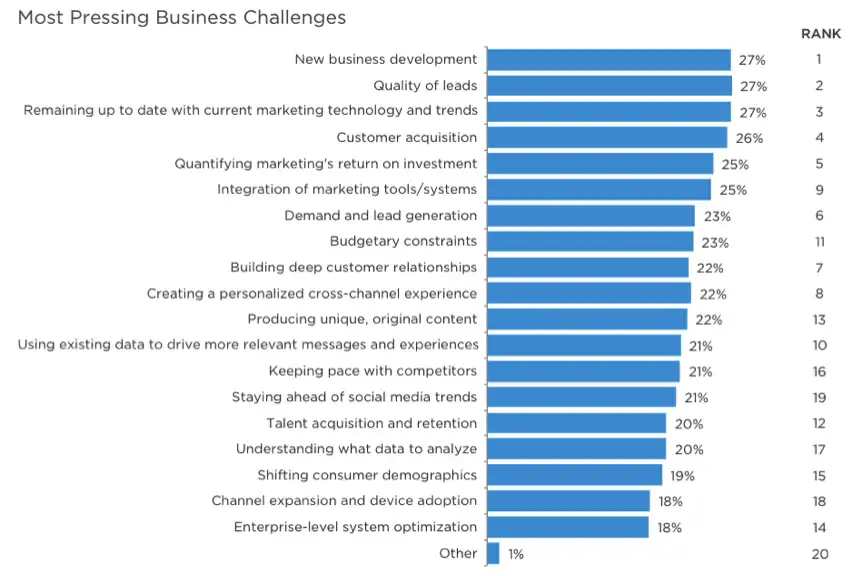
This is where effective inbound sales strategy is paramount to your sales teams aligning with the way that customers want to buy. Continue reading to learn five ways to find types of customer pain points.
1. Review Your Data Points
In a continually data-driven world, it’s easy for us as businesses to review data about our customers. If you’re a new business and don’t have any customers yet, you can gather as much data as possible by analyzing your competition. If you are ahead of the game and have already mapped content to each stage of the buyer’s journey, you still need to review content offer performance make data-driven decisions to generate more marketing qualified leads next month.
Once you’ve gathered your data, look for trends to see when people are buying and why. You’ll begin to see events that are happening right before they make the purchase. Use this information in order to craft your campaigns and refine content marketing strategy.
2. Survey Your Ideal Audience
If you aren’t sure how to serve your audience with your content, ask them how you can help. When customers and potential customers know you truly want to help, they’re much likelier to take the time to fill out a survey to identify sticky productivity customer journey pain points. Even small amounts of information will help you customize your content and strategies.
You may find it challenging to get your audience to answer your surveys, so you may need to offer an incentive. Even surveys with incentives might not make it far if you miss the mark with the carrot that you’re offering. You need to know your target audience enough to offer a relevant value proposition or you’ll hear crickets when you send out your survey.
3. Messaging Feedback Loop With Your Sales Team
Your sales support team is in constant communication with your customers. Your company’s sales professionals can help you understand and narrow down your target market for better results. It’s like they’ve noticed who is buying and who isn’t.
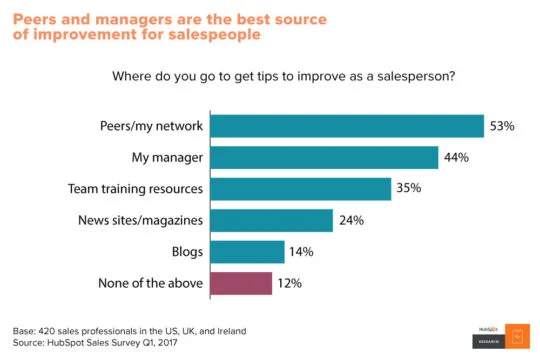
Communicating with your sales team and asking for recommendations regarding process customer pain points will allow your company to bridge the gap between sales and marketing. Many companies are blending or overlapping their marketing and sales teams to create “smarketing” to streamline solving operational and financial pain points.
When your clients begin dealing with new problems, your sales team will be the first to know about it. Keep the lines of communication open so that they know they can always talk to you and share information.
4. Leverage Social & Search Trends
Your customers don’t mind sharing their problems. You’re likely to find them venting about their challenges on their favorite social media platforms. Whether they’re dealing with customer service issues, slow shipping, or any other number of challenges, they’re telling someone.
As a B2B company, you need to listen closely to what your new and existing customers are telling you. They’re giving you the data points to refine your buyer personas and a map to a gold mine of information that will help you close the sale.
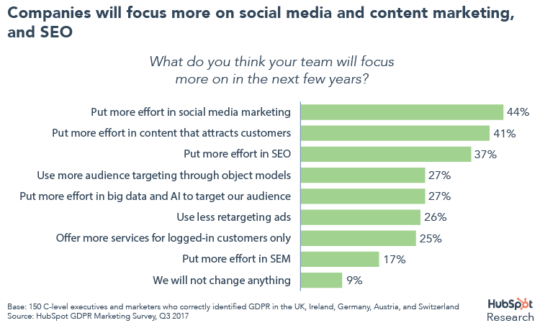
There are thousands of quality real estate leads who are perfect for your company and who are talking about their problems on LinkedIn, for instance. Using social prospecting tools and connecting with these people that align with your buyer persona and joining similar LinkedIn groups can be beneficial, but you are more likely to be accepted into their LinkedIn networks if you have common connections. A common connection doesn’t have to be a person and could instead be a group that you share.
LinkedIn groups are a way to connect with people who aren’t in your network or people who might be a third-level connection. Joining relevant LinkedIn groups is a great way to see your ideal buyer persona with their guard down. They’re ready to share all in hopes of finding a solution.
5. Attend SaaS Industry Events
Though the Internet has made it easier to communicate and meet people without traveling, there is something about the in-person meeting. When you meet people in person, it’s easier to connect and read them. You can have a casual conversation and allow issues to come up naturally.
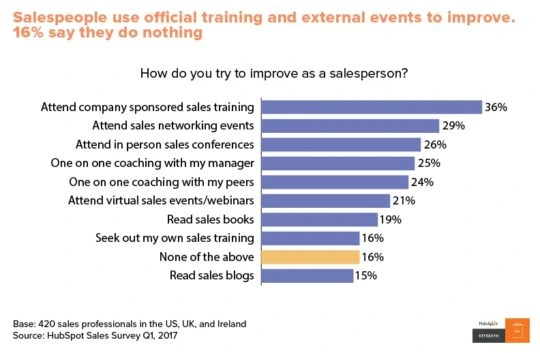
When you attend industry events, you’re likely to discover upcoming challenges. Industry leaders are glad to share their knowledge of challenges on the horizon, so don’t think these events are just big get-togethers. While they’re great for networking, they’re also the perfect place to learn about what’s bothering your buyer personas.
Implementing Your Buyer Personas
Also known as “ideal clients,” “target audiences,” and a handful of other terms, prospective customer personas are in-depth fictional profiles of decision makers who need and want your product or service. The more in-depth your buyer personas are, the easier it is for you to create content around each buyer persona, and for each stage of your funnel, beating even the biggest challenges.

A buyer personas may change slightly as time progresses and new information is gathered, but you need to do enough work before creating your buyer personas to know that they’re the people who want to buy from you, understanding what customers expect .
Your buyer personas should have a full range of information, making each one look like a well-rounded person. The information should include gender, age, pain points, job title, family situation, and any other helpful information that will affect their buying decisions.
Whenever you create content, always keep your buyer persona in mind and solve that buyer persona’s most pertinent problems and enables revenue growth. This is done most effectively through mapping content to buyers journey.
Takeaways
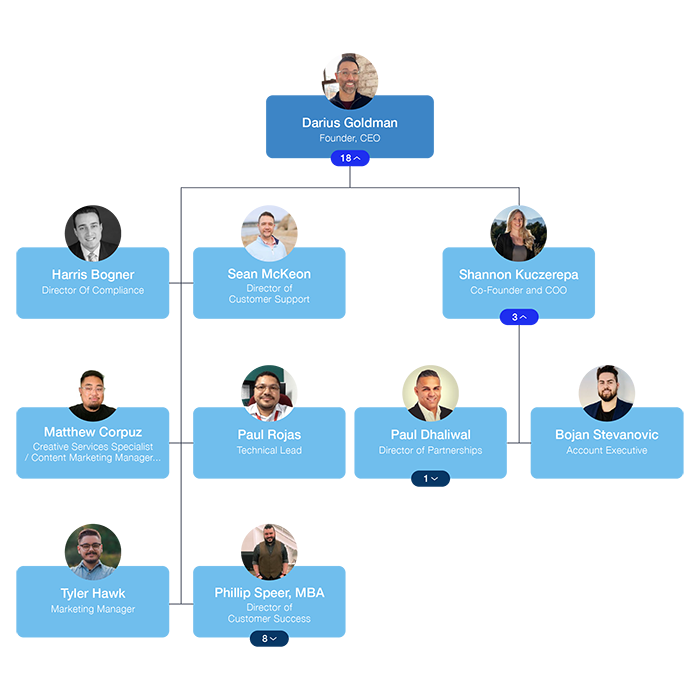
You now understand how important it is to have your B2B sales-ready messaging and positioning appropriately speak to sticky types of customer pain points for your relevant buyer persona. You also know the best ways to home in on those identifying customer pain points. And we understand that it can be difficult to handle these tasks on your own.
Frequently Asked Questions
What are SaaS customer pain points, and why are they important to address?
SaaS customer pain points are specific problems or challenges that customers face when using your software. Addressing them is crucial for customer satisfaction, retention, and product improvement.
How can I effectively identify SaaS customer pain points?
Identify customer pain points through user feedback, surveys, analytics, and close communication with your customer support and sales teams.
What strategies can I use to prioritize and tackle customer pain points effectively?
Prioritize pain points based on their impact on customers and your business, then create action plans to address them, focusing on the most critical issues first.
How can I communicate with customers to let them know their pain points are being addressed?
Keep customers informed through regular updates, release notes, and proactive communication, showing that you value their feedback and are actively working to improve their experience.
Are there tools or software that can help in tracking and managing SaaS customer pain points?
Yes, there are customer feedback and support ticket management tools that can assist in tracking, categorizing, and prioritizing customer pain points effectively.
What are the potential benefits of successfully addressing SaaS customer pain points?
Successfully addressing customer pain points can lead to increased customer loyalty, reduced churn, improved product-market fit, and a stronger competitive edge in the SaaS industry.

